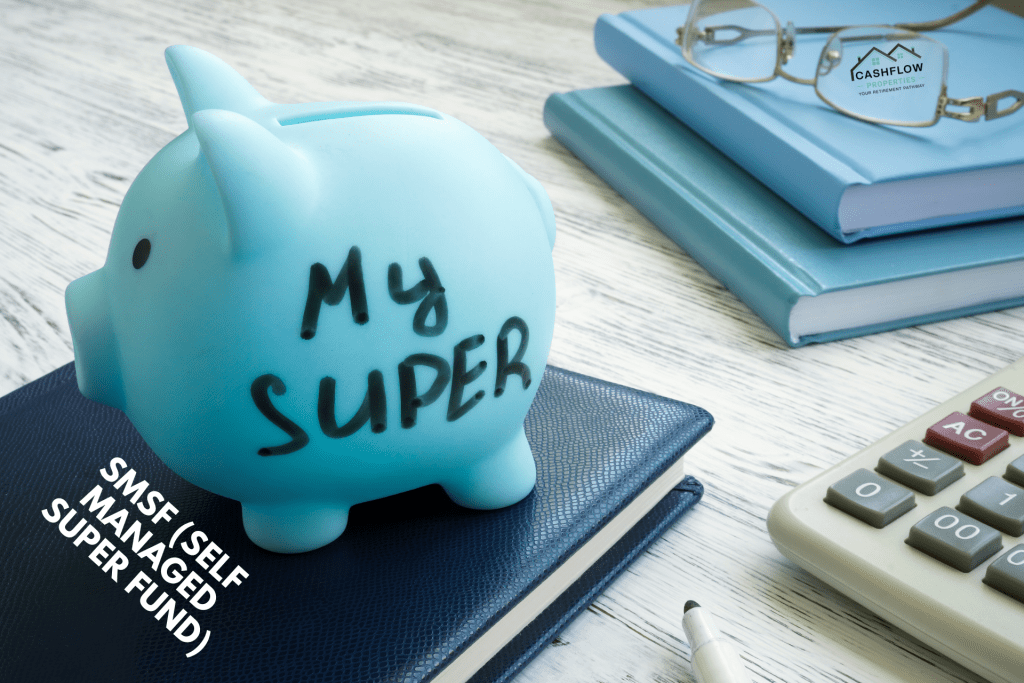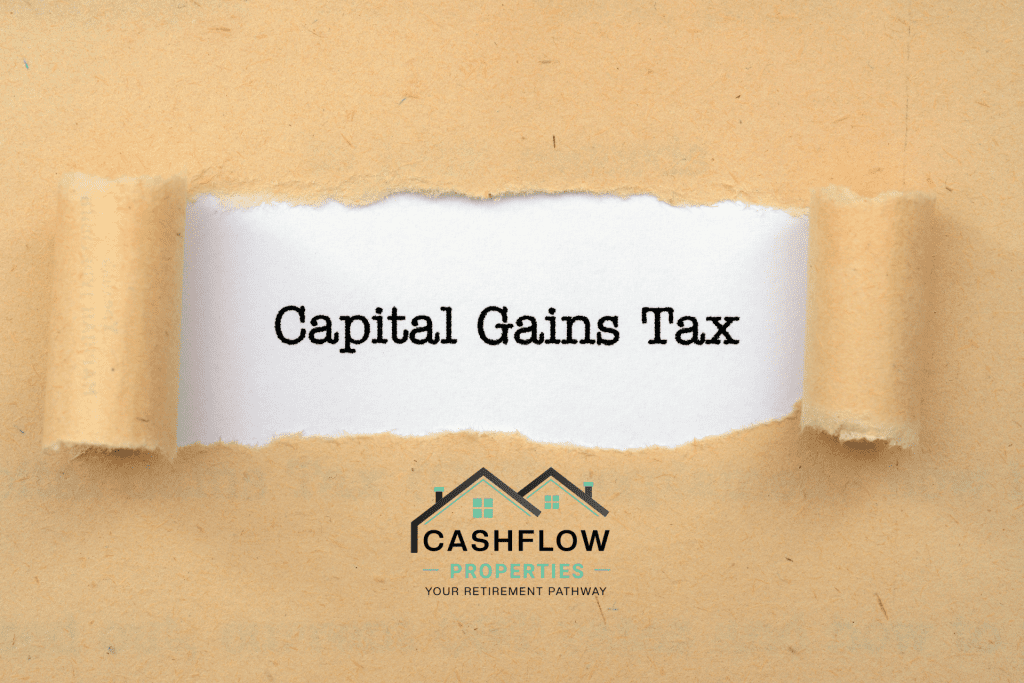
As the Australian property market continues to evolve, savvy investors are increasingly looking for ways to maximize their wealth-building potential. One strategy that has gained significant traction is purchasing property through a Self-Managed Super Fund (SMSF). If you’re looking to diversify your portfolio, leverage your superannuation for greater returns, and secure a comfortable retirement, investing in property via an SMSF could be the answer. Let’s delve into what an SMSF is, how it works, and why leveraging it to buy property can be a game-changer for your financial future.
What is an SMSF and How Does It Work?
An SMSF is a private superannuation fund that you manage yourself, offering the flexibility to invest in a wide range of assets, including property. Unlike traditional super funds managed by large institutions, an SMSF allows you to tailor your investment strategy according to your financial goals and risk tolerance.
The members of the SMSF are also the trustees, giving them complete control over the fund’s investment decisions. This structure not only allows for a more personalized approach to retirement savings but also enables strategic investments in assets like real estate, which can offer substantial long-term growth.
How Does an SMSF Work?
When you set up an SMSF, you pool your superannuation with up to three other members (often family or close associates) to invest in assets of your choice. The fund must be compliant with regulations set out by the Australian Taxation Office (ATO), and all investments must be made with the sole purpose of providing retirement benefits to members.
Importantly, one of the key features of an SMSF is the ability to borrow money to purchase property. This is done through a Limited Recourse Borrowing Arrangement (LRBA), where the loan is secured against the property itself. If the investment fails, the lender’s claim is limited to the asset, protecting the rest of the fund’s assets from creditors.
Leveraging: How to Maximize Your Property Investment
Leverage is one of the most powerful tools available to property investors, and when used within an SMSF, it can significantly amplify your returns. Let’s break down how this works with a practical example.
Scenario:
Imagine you decide to purchase a property worth $500,000 through your SMSF. To do this, you’ll need a 20% deposit, which amounts to $100,000, plus around $20,000 to cover closing costs such as stamp duty, legal fees, and building and pest inspections. So, your total initial outlay is $120,000.
Now, let’s consider the impact of leveraging. If the property value doubles over the next 10 years, which isn’t unheard of in certain Australian markets, your property would now be worth $1 million. Here’s the kicker: your initial investment of $120,000 has now grown to $1 million, a return of over 700%.
Compare this with leaving that $120,000 in your super fund, where typical returns might range between 5% to 7% per annum, depending on the investment strategy. Over 10 years, that $120,000 might grow to around $200,000 to $240,000. While these are still respectable returns, they pale in comparison to the potential gains from leveraging property through an SMSF.
Key Takeaway:
Leverage allows you to control a more valuable asset with a smaller initial investment, significantly boosting your wealth accumulation potential. By using your SMSF to borrow and invest in property, you’re not just relying on superannuation returns but actively growing your wealth through strategic property investment.
Less Capital Gains Tax: A Major Advantage
Another compelling reason to consider property investment through an SMSF is the favorable tax treatment, particularly when it comes to Capital Gains Tax (CGT).
Capital Gains Tax Explained:

Capital Gains Tax is the tax you pay on the profit made from selling an asset, such as property. Typically, in Australia, individuals are subject to a CGT rate of up to 45%, depending on their income bracket and how long they have held the asset.
However, when you invest through an SMSF, the CGT rate is much more favorable:
• During the accumulation phase: If you sell the property while still in the accumulation phase (before you retire), the CGT rate is capped at 15%. Moreover, if the property has been held for more than 12 months, you qualify for a one-third discount on the capital gain, effectively reducing the tax rate to 10%.
• During the pension phase: If you sell the property after you’ve transitioned to the pension phase, the CGT on the sale is completely eliminated, meaning you pay no tax on the capital gains at all.
Example:
Let’s revisit our earlier scenario where the property purchased for $500,000 doubles in value over 10 years to $1 million. If you were to sell this property during the accumulation phase, the $500,000 capital gain would be taxed at 10%, resulting in a tax bill of $50,000. In contrast, selling the property during the pension phase would result in zero CGT, allowing you to retain the entire $500,000 gain.
Key Takeaway:
The reduced CGT rates within an SMSF can significantly enhance your net returns, making property investment a highly tax-efficient strategy for building your retirement nest egg.
Safe Retirement: How Property in SMSF Can Boost Your Retirement Savings
A well-planned property investment within an SMSF can do more than just grow your wealth—it can also provide a secure and comfortable retirement. Unlike other investments that might fluctuate in value or become less predictable over time, property has a long-standing reputation as a stable and appreciating asset.
Flexibility in Retirement:
One of the great benefits of investing in property through an SMSF is the flexibility it offers when it comes to retirement. You don’t have to wait until you reach the official pension age to benefit from your property investment.
For example, you can sell the property when you turn 65, unlocking significant equity that can be used to boost your retirement savings. Alternatively, you can continue to hold the property, enjoying the rental income as part of your retirement income stream. Because rental income in the pension phase is tax-free, this strategy can provide a steady and substantial income without the tax burden.
Long-Term Security:
The Australian property market has historically been a strong performer, with consistent long-term capital growth. According to CoreLogic, national dwelling values have increased by an average of 6.8% per annum over the past 25 years (as of 2023). While there are always short-term fluctuations, the long-term trend has been one of steady appreciation, making property a reliable asset for retirement planning.
Is Property Investment Through SMSF Right for You?
Investing in property through an SMSF offers a range of benefits, from leveraging opportunities to tax advantages and long-term security. However, it’s important to approach this strategy with careful planning and professional advice.
While the potential returns can be substantial, property investment within an SMSF also comes with risks, including market fluctuations, regulatory requirements, and the responsibilities of managing both the property and the fund.
If you have the financial discipline, a long-term investment horizon, and a desire to take control of your retirement savings, then using your SMSF to invest in property could be one of the most effective ways to build wealth and secure your future.
In an ever-changing economic landscape, having the right strategy and understanding the intricacies of the Australian property market can make all the difference. With the right approach, property investment through an SMSF can be a powerful tool in your retirement planning arsenal, helping you achieve the financial security and lifestyle you’ve always dreamed of.

